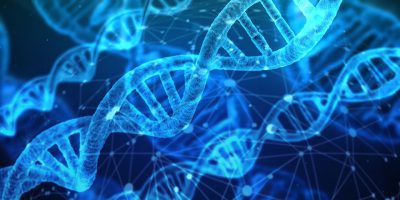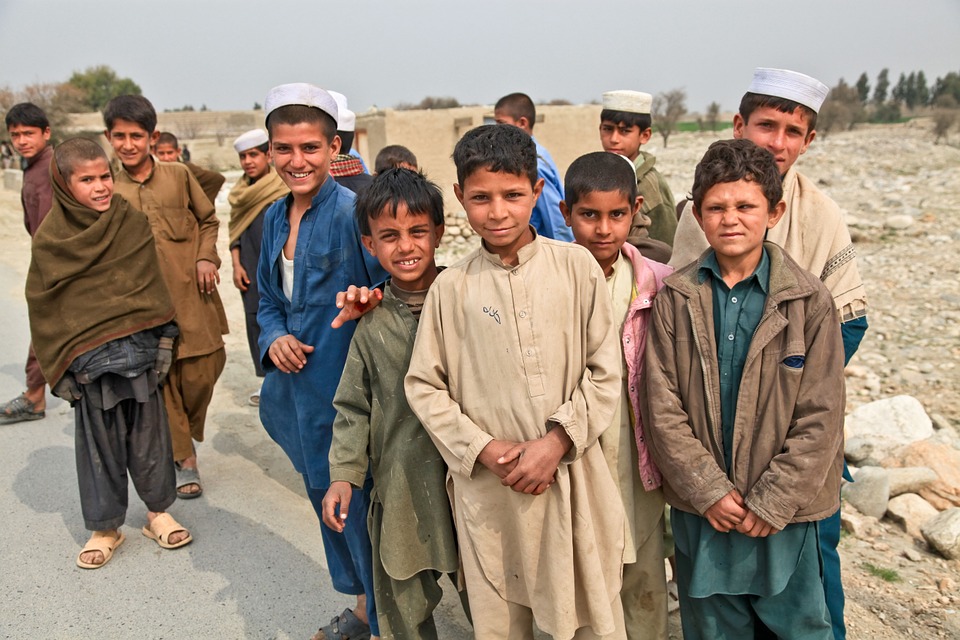An updated CRISPR technology had been revealed by a team of scientists in a publication, which allows edit up to twenty-five genes at one time. The previous CRISPR method was limited to only analyzing and modifying a single gene at a time.
This latest discovery further boosts the credibility of the process, as now scientist will be able to perform a more detailed analysis of gene combinations and groups.
The CRISPR method for gene analysis is one of the most reliable ways to isolate genes and modify them and was previously used by scientists who are based in Beijing. This was in July 2017 when a method of treatment using Crispr was undertaken on a 27-year-old.
First HIV was completely healed through Crispr technology
Treatment of HIV, though having improved dramatically in the last few decades has always been a head-scratcher for a scientist. In fact, this improvement has led to advanced forms of treatment such as Pre-exposure prophylaxis (PrEP) drugs whose sole purpose is ensuring that the HIV transmission in the human is cut. antiretroviral treatments are also commonly used to treat HIV.
It was not until 2007 when the first HIV was completely healed through medical intervention by a German doctor. The 41-year-old was cured of HIV by receiving blood cells from an individual who had a naturally occurring mutation called CCR5 Δ32. This meant that the donor’s bone marrow and blood were missing pieces of DNA that are responsible for HIV survival in the immune system.
HIV and cancer treated together
In 2016, a peculiar case occurred in China for a 27-year-old Chinese citizen. It was in the late spring of the year when this young man was diagnosed with Leukemia cancer. To compound his miseries furthers, doctors also notified the young man that he also had HIV.
For a 27-year-old with his entire life ahead of him, this news was crushing and rightly so, but he did not know at the time was that he would later become eligible for a trial of a revolution solution attempting to treat both HIV and Cancer together.
In July 2017, scientists who were based in Beijing devised a method of treatment. First, they needed to blast the patient with chemicals and radiation. This would then be followed by pumping of millions of stem cells that would be given to him using an IV, by which time, the radiations could create enough space for the cells.
However, unlike other circumstances where the same procedures have been performed and stem cells pumped into the patient’s body, they had a different model of the stem cells they were giving the patient. The stem cells were to be edited with Crispr technology and added to the CCR5 gene that had been proven earlier by the German doctor to be impenetrable by the HIV.
Gene-editing using Crispr technology
Two years later, there was a silver lining in the trial. Although it had mixed results, it was good enough for the patient. The patient is in full remission for his Leukemia and the results could not have been more positive. The Crispr stem cells are still in the body providing both the immune and the blood cells he needs. However, only a few of these stem cells have been able to carry the CCR5 gene responsible for healing HIV. This low quantity, therefore, is not adequate for healing his HIV.
This new frontier opens the door for future development and has kept other scientists in the loop about the prospect of the future about the treatment of HIV. This being the first research on how to cure HIV using gene-editing tools such as Crispr, it paints the future with optimism and hope about what will be in the realm of possibilities using gene editing.







